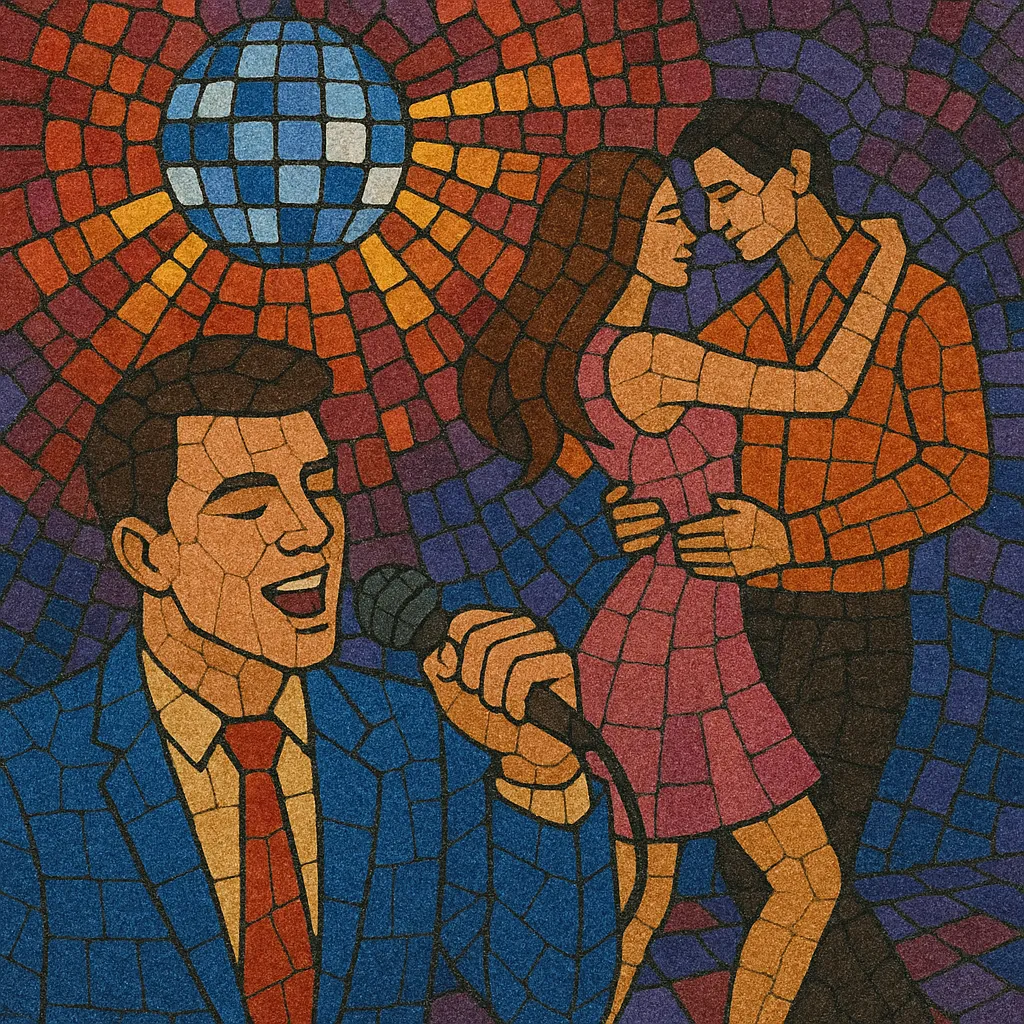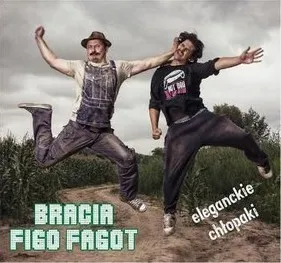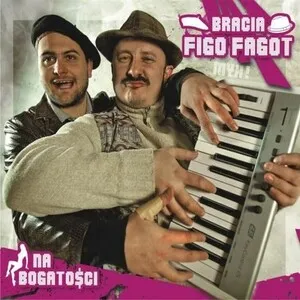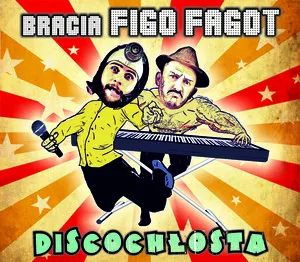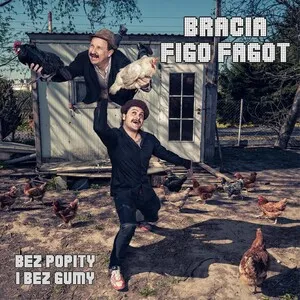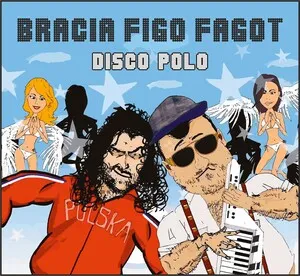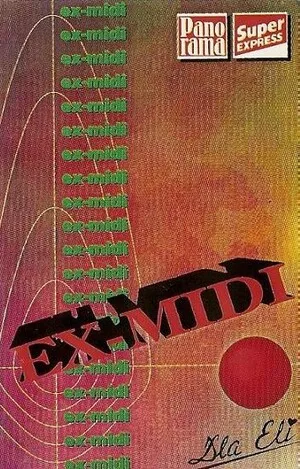Disco polo is a Polish strand of catchy, synth-driven dance-pop that blends Euro-disco and Italo-disco aesthetics with local folk-party sensibilities. It is characterized by simple, memorable melodies, a steady four-on-the-floor beat, and uncomplicated major-key harmonies.
Lyrically, disco polo centers on love, flirtation, nostalgia, and celebration, aiming for maximum sing-along appeal at weddings, festivals, and club nights. Production typically features bright leads, punchy drum-machine patterns, and smooth bass lines, often delivered with a sense of kitsch and cheerful exuberance.
Disco polo emerged in Poland at the end of the 1980s, crystallizing in the early 1990s out of cassette-based “muzyka chodnikowa” (sidewalk music) sold at markets. It drew on Italo-disco, Euro-disco, and broader Eurodance trends, but translated them into a distinctly Polish, party-friendly idiom with local folk flavor.
The genre exploded during Poland’s post-communist transition, becoming the soundtrack of weddings, fairs, and regional festivities. TV programs such as Disco Relax and Disco Polo Live amplified its reach, while labels and cassette culture helped circulate low-cost releases nationwide. Despite critical dismissal as kitsch, disco polo enjoyed massive popular support.
In the early 2000s, tastes shifted and the genre’s mainstream presence faded, though it remained strong at the grassroots level. Artists continued performing live, and regional radio/TV kept the scene alive.
A resurgence came with the rise of dedicated TV channels (e.g., Polo TV), YouTube-driven hits, and renewed festival circuits. Weekend’s viral “Ona tańczy dla mnie” (2012) symbolized the digital-era revival, proving disco polo’s enduring power as Poland’s feel-good party music.

